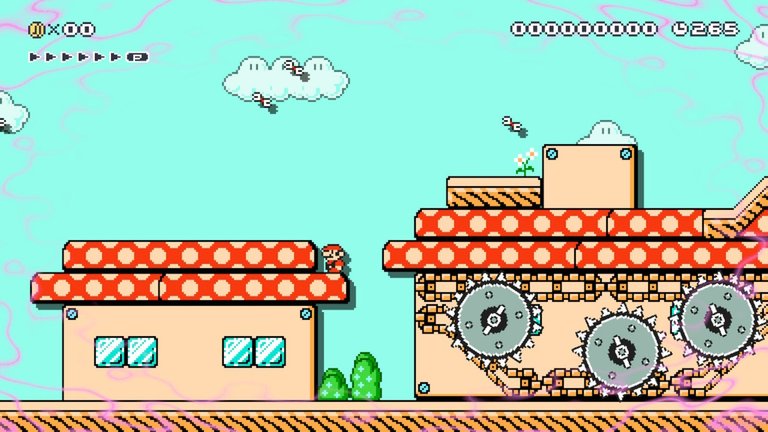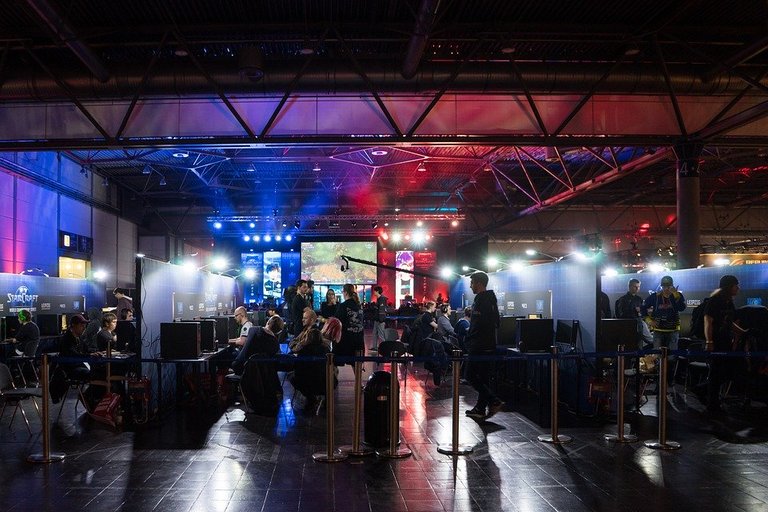Learning & Problem Solving In Video Games
Hi there. In this post, I provide an overview about learning and problem solving in video games. This post is inspired by my current occasional gaming in Super Mario Maker 2 on the Nintendo Switch (new update by the way) and looking back at my casual gaming history starting with Sonic 2 on the Sega Genesis when I was about 5 years old.
Video games used to be for those who were considered "weird, anti-social, strange basement dwellers". Most gamers back in the 1990s and 2000s were male. Nowadays, comepetitive and casual gamers come all walks of life, income levels and demographics. Mobile games on phones attract even older people to play word games for examples.
In addition, many video games contain some sort of learning curve in terms of knowing how to play, how to solve puzzles, how to navigate from point A to point B, and knowing how to defeat enemies and opponents. The video game does not have to necessarily be a puzzle game in order to have learning elements.
Disclaimer
This information may not be accurate as it is opinion based and based on me watching some Korean Starcraft Brood-War videos and Counter Strike - Global Offensive. Please correct me as you see fit.

Topics
- Trial & Error Learning
- Some Games Have Puzzles, Strategy Problem Solving & Mathematics
- Competition In Gaming & E-Sports
Trial & Error Learning
When it comes to doing things and learning, no one really gets it perfect the first time around. Beginners do not become experts in one day. With video games, it takes a bit of time along with trial and error in order for players to get comfortable with a game. For achieving an advanced level or "pro-gamer" status, a lot of hours and focused practice is needed.
Video games typically do not have gray areas in determining success or failure in a game. If your character falls off a cliff to a black hole then it is game over and you have to try again. If your character collects all 120 super stars then you have beaten the game after playing it for 47 gameplay hours. Winning a game requires a lot of trial and error, determination with some brains and strategy.

Many Games Have Puzzles, Strategy, Problem Solving & Mathematics
So many games nowadays have some sort of puzzle solving, problem solving, strategy, mathematical element. Here are some examples:
- The famous Super Mario games involve finding a way from point A to point B without falling off or stepping into lava at point C.
- First-person shooter games involve team tactics for finding ways to ambush opponents.
- Fighting games contain quick strategies for maximizing offense and limiting damage taken.
- Pokemon games are famous for strategy when it comes to type advantages and type disadvantages. It has contains some mathematics when it comes to damage calculations and healing Pokemon.

Video games with level creation elements offer opportunities for other players to play user created levels. These games include Starcraft, Roblox, Super Mario Maker 1 and 2. Making your own levels in these games does involve art, a bit of strategy, problem solving in terms of putting pieces together and a lot of testing. As far as I know, in Super Mario Maker if the clear rate is less than 10% then the level is considered hard for many players and clear rates less than 1% indicates a very tough level. Levels in Super Mario Maker contain simple metrics such as times played, number of likes and number of clears. Popular levels in Super Mario Maker contains a lot of likes because of good level design, nice art display, cool mechanics and fun gameplay. Level creators can receive (constructive) feedback which helps them adjust levels if needed.

Competition In Gaming & E-Sports
Gaming competitions started out with friends competing for bragging rights. With better internet and technological advances, high-level gamers in their specialized game are competing at the highest level for bragging rights, championships and for prize money. These large tournaments with large funding from sponsors is a big part of the industry called e-sports.
With e-sports, there are sponsored teams with paid pro-gamers (starting from their teens to late twenties or early thirties) who compete regularly in gaming circuit tournaments. Teams along with their coaches are constantly practicing, theory crafting for new strategies and ideas. Tournaments offer prize money, team exposure, sponsor exposure as well as entertainment for the viewer(s). Teams who do well earn more prize money and recognition versus low-performing teams. Low performing teams do not earn as much prize money and may even face criticism or the wrong end of jokes from the public. Gamers who perform poorly lose their spot on a team (and cash flow) and get replaced with a different player in hopes that the team performs better.
This competitive e-sports industry does "introduce" young gamers with business and economics. Players do have market value based on skill, potential, communication skills and teamwork. These gamers do learn the ins and outs of this industry over time. It is not just about learning how to play well individually, it is also about getting along with people and having good team play.
